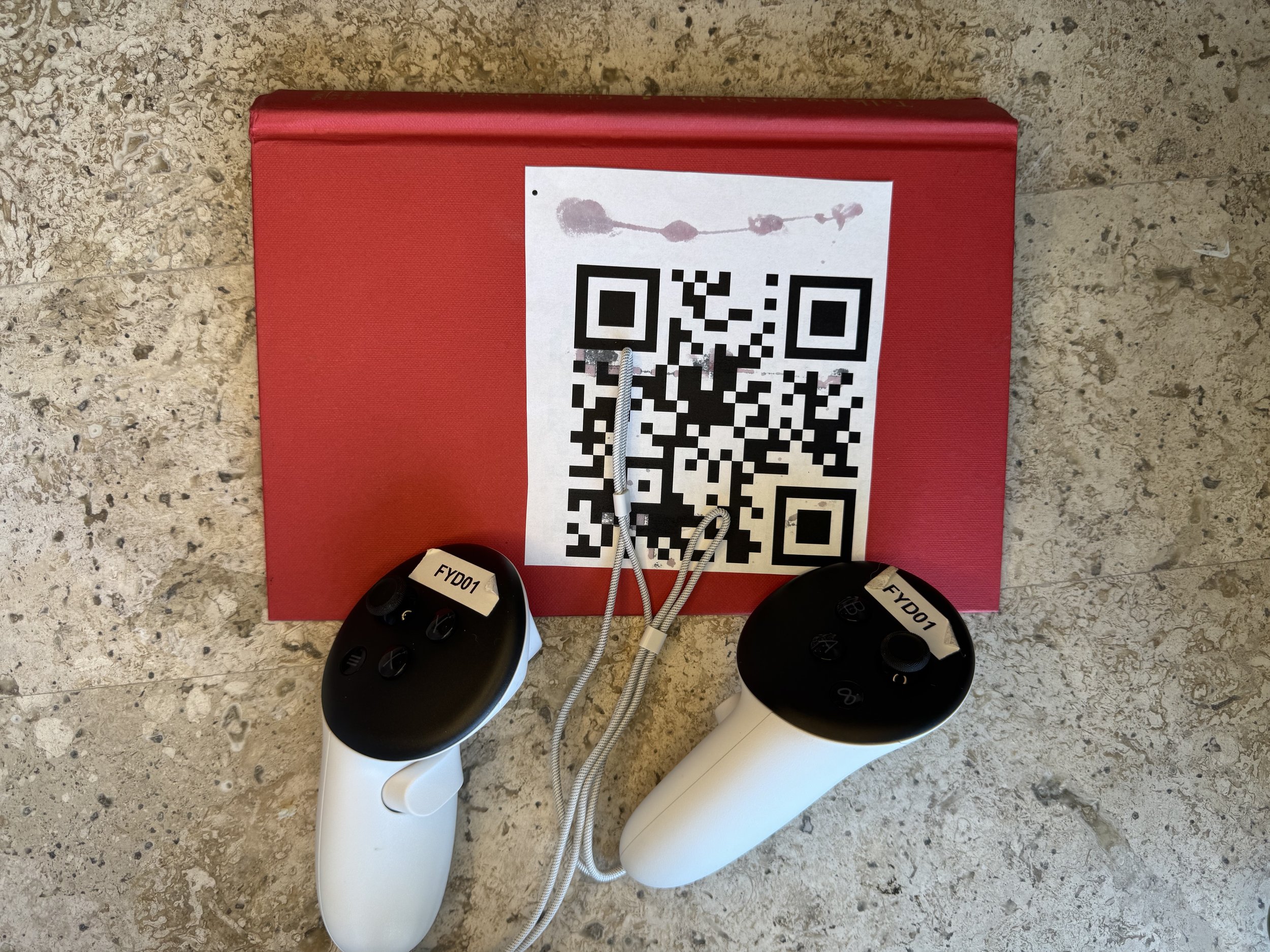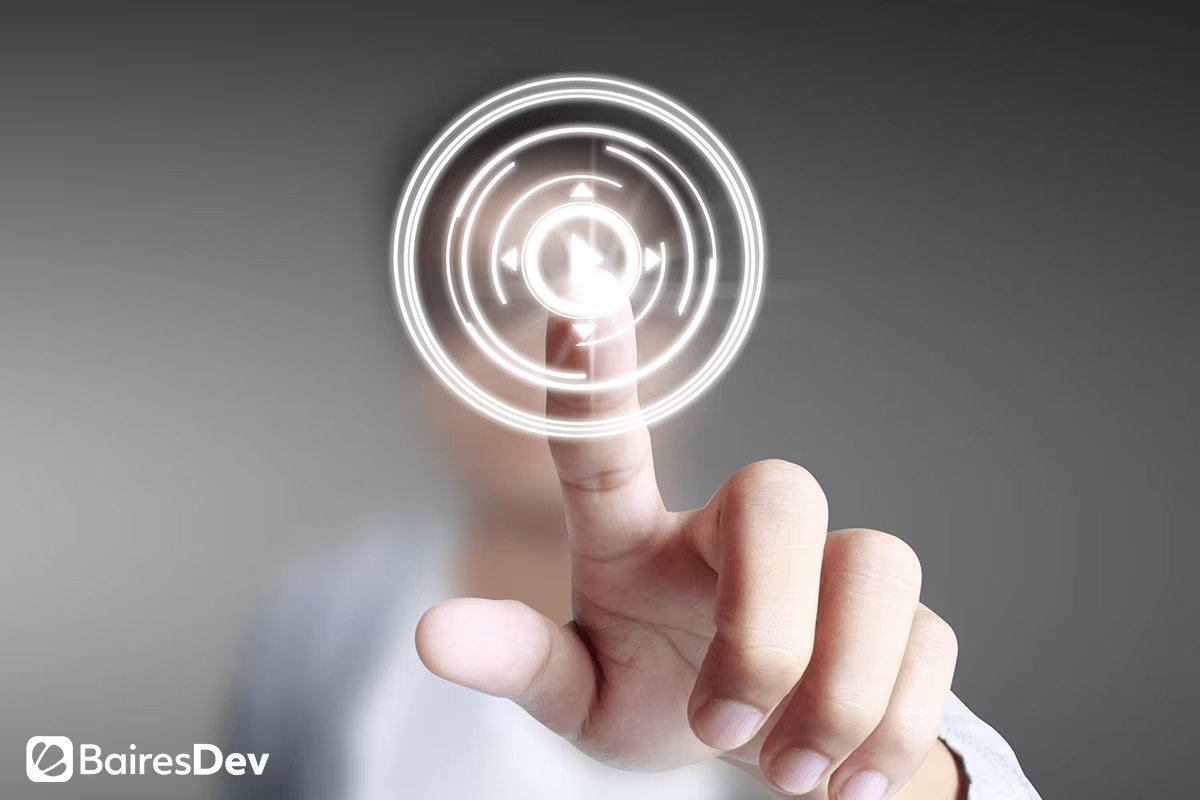
Tactile Reader
Experience the Future of Reading
Tactile Reader VR
The Premise:
I’ve always loved books—the weight of them, the feel of the paper, the quiet mental space they create. But classrooms and daily life are becoming increasingly digital. Tablets have replaced textbooks. VR is entering educational spaces. And students aren’t carrying books the way they used to.
So I started wondering:
What are we losing in this transition?
Tactile Reader VR is not about recreating e-readers in VR—it’s about questioning how reading feels, and whether we can preserve that tactile, emotional engagement in immersive digital spaces.
The Solution
Sensory-First Approach
Tactile Reader VR was created to explore what reading in virtual reality could feel like. Instead of trying to replicate e-readers in 3D, it approaches the experience from a sensory-first perspective: how does the act of reading feel, and how can that feeling be preserved or enhanced in VR?
Three Distinct Prototypes
Through three distinct prototypes, Tactile Reader VR invites users to explore tactile, hybrid, and fully digital experiences—offering everything from the smell of paper and the sound of flipping pages to the freedom of annotation and bookmarking in virtual space.
What Is Tactile Reader VR?
Tactile Reader VR explores how reading in virtual reality can feel by offering three distinct prototypes, each designed to be immersive and functional with legible text, intuitive page-turning, annotation, and bookmarking features.
-

Prototype 1: Fully Virtual
Removes physical references entirely, creating a fully virtual book navigated with both hands and driven by haptic feedback.
-

Prototype 2: Controller-Anchored
A fully virtual book anchored to the user's left controller, spawning at the press of a button for natural, one-handed interaction.
-

Prototype 1: Physical Binder
Uses a physical binder with QR codes to "open" and "close" the book in VR, combining familiar motion with the scent of paper.
Features That Matter
Sensory Integration
The physical prototype integrates smell and sound to simulate the joy of a paper book.
Haptic Feedback
In the virtual and hybrid models, the inclusion of subtle haptic feedback and spatial audio guides users through a natural page-turning process.
Distraction-Free UI
The UI was carefully designed to remain distraction-free while still offering tools for annotations and bookmarks—mimicking the instinctive habits of real readers without compromising immersion.
Audience Insight
Insights were collected via observation, interviews, and surveys—focusing on immersion, usability, tactile realism, and overall preference. That feedback shaped final design decisions and helped define what a next-gen VR reading experience could become.
-

Testing Round 1: Mechanics & Feedback
Focused on page-turning gestures, haptics, and sound design. Confirmed that physical feedback enhanced realism.
-

Testing Round 2: UI Evaluation
Tested button placement, legibility, and interaction flow within the VR space.
-

Testing Round 3: Prototype Comparison
Gathered insight on user preferences between the three models. Helped define what to carry forward.
Research-Led Design
Experimentation
The foundation of Tactile Reader VR is rooted in research and experimentation.
Refinement
These insights directly informed the refinement of each model and contributed to defining what a next-generation reading experience might look like.
User Testing
Every prototype was tested with users to understand how they interacted with each reading environment.
Feedback Collection
Feedback was collected through observation, interviews, and surveys focused on immersion, usability, tactile realism, and overall preference.
User Personas
The system is designed for both types of users and everyone in between.
-

Sophia Lee, 34
A book enthusiast who loves the emotional and tactile satisfaction of physical books. She finds herself disconnected from e-readers and easily distracted on digital platforms. For her, Tactile Reader VR is a way to recreate the warmth of traditional reading while exploring new technologies.
-

Alex Diaz, 21
A literature student who needs tools that help him focus and engage deeply with academic texts. He struggles with digital distractions and misses the physicality of real books. For him, Tactile Reader VR becomes a workspace—quiet, customizable, and productive.
Design Constraints
Privacy Changes
Meta's 2025 privacy policy changes restricted physical camera tracking, forcing a pivot away from real-world object recognition.
Hybrid Experiences
Blending physical and digital elements required precise coordination without overwhelming the user.
QR Integration
QR-based spawning was used instead—aligning with new VR privacy guidelines and creating a more scalable, efficient model.
Tools & Technologies Behind Tactile Reader VR
-

Unity Development
Built in Unity using the XR Interaction Toolkit, ensuring compatibility and a seamless VR experience on Meta Quest 3.
-

Physical Components
A real hardcover book was repurposed to preserve the tactile texture and distinct smell to ground the experience in physical familiarity.
-

QR Integration
QR marker-based spawning replaced object tracking, aligning with VR privacy guidelines and simplifying object interaction.
-

Sensory Feedback
Enriched with spatial sound and subtle haptic cues to provide realism without distraction, enhancing the immersive reading experience.
Why It Matters
Tactile Reader VR doesn’t offer a single answer. It offers possibilities. It invites conversation. It’s an exploration of how we might carry the joy, focus, and emotional texture of reading into a digital future.
It’s not about nostalgia.
It’s about respect—for what reading was, and curiosity for what it can become.
Future Opportunities
Additional User Testing
Conduct one more round focusing on page-turning interaction fluidity and realism
Physics-Based Interactions
Make pages visually flexible—light, responsive, and delicate enough to pick up and turn as a real page
Hand Tracking
Build out hand tracking using pinch gestures to allow controller-free interaction
While the current iteration of Tactile Reader VR demonstrates the core concept and presents three distinct interaction models, not all features reached the level of polish I originally envisioned. The microsite captures the progress and foundational work, but the prototypes are still in an early, functional state—leaving room for deeper refinement.
These enhancements would not only make the interaction feel more natural but also elevate the emotional and sensory connection that is central to the Tactile Reader VR experience.












